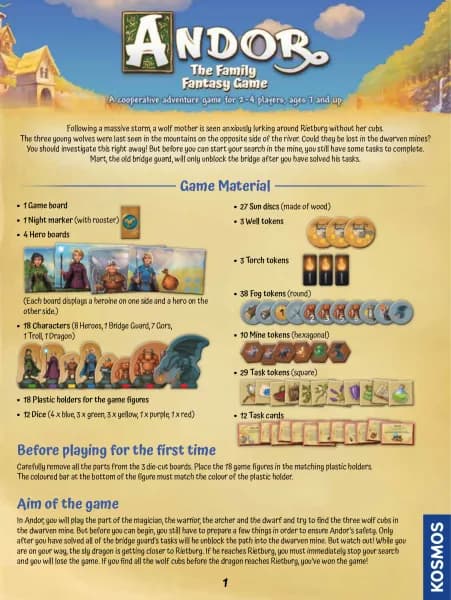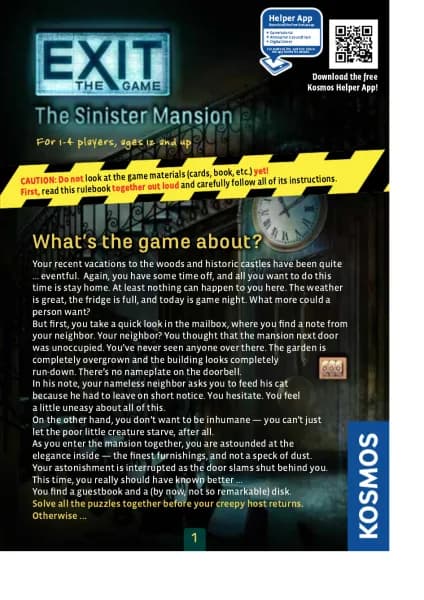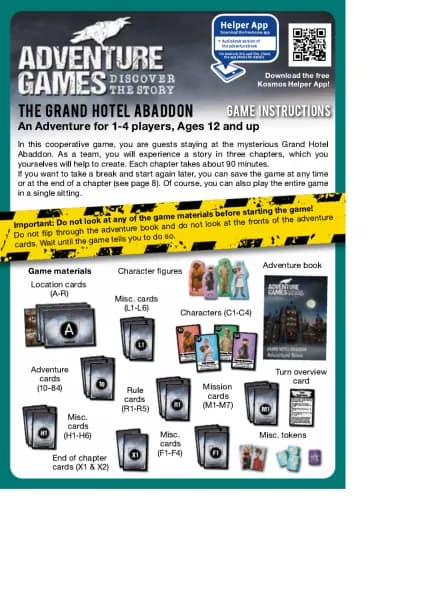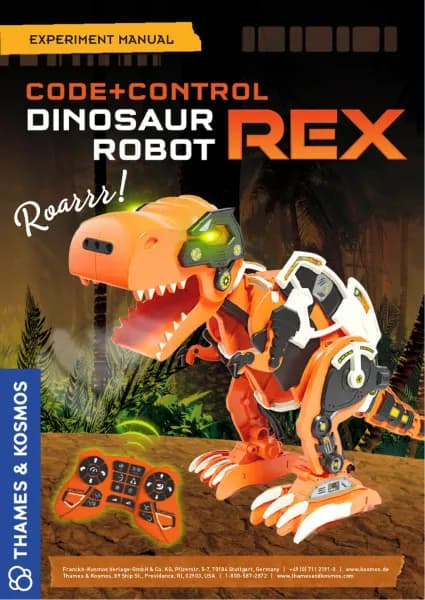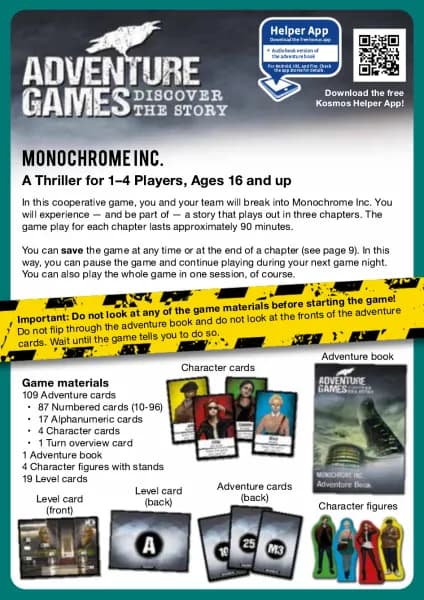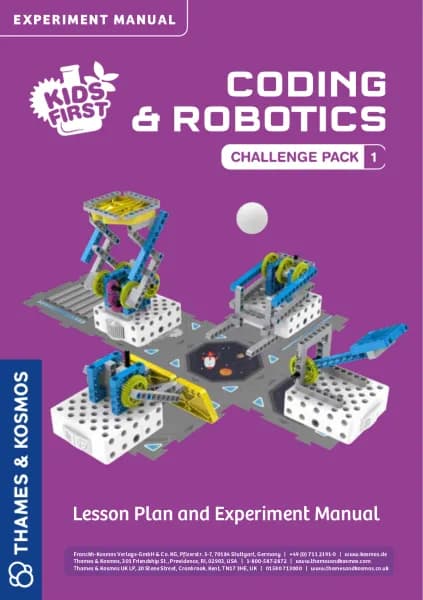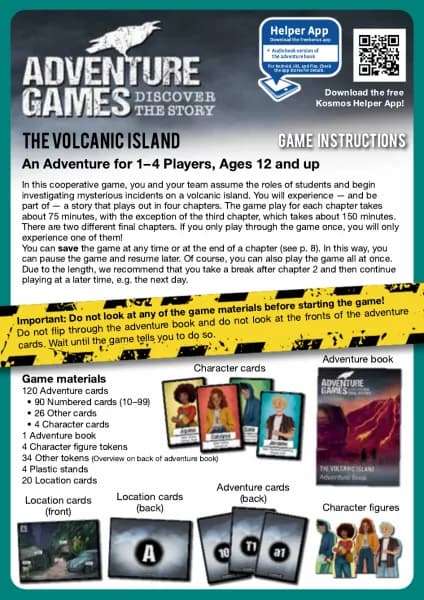Thames & Kosmos Little Labs: Botany - Experimental Greenhouse Science Kit handleiding
Handleiding
Je bekijkt pagina 24 van 52

22 – 23
There are also
edible plant parts that don't
fit into the system very well: herbs,
spices, and nuts form their own
groups. And mushrooms also can't
be grouped with anything else.
Cress is a kind of herb, while beans are
a vegetable, and an apple is a fruit. That
much is obvious! But an avocado — is
that a fruit or a vegetable? And what
exactly is the difference?
The answer is not so simple. Of course,
it depends on the person providing it. A
cook would say that all fruits are sweet or
tart, and can be eaten without having to
be prepared.
Vegetables have to be seasoned or
cooked in order to taste good — so, for
example, a squash or an avocado. Of the
legumes, we usually use just the seeds in
the kitchen (beans, peas, and lentils). In
addition, other plant parts such as roots
or leaves are grouped together with veg-
etables if they have to be seasoned or
cooked — for example, spinach (leaves)
or carrots and radishes (roots).
A botanist (the name given to plant
researchers) would draw the line some-
what differently. Botanically, the most
important thing is which part of the plant is
used. So a botanist would put fruits
like apples, cherries, and straw-
berries in the same pot with
tomatoes and squash. And
vegetables would be divided
between leafy vegetables
and root vegetables.
Bekijk gratis de handleiding van Thames & Kosmos Little Labs: Botany - Experimental Greenhouse Science Kit, stel vragen en lees de antwoorden op veelvoorkomende problemen, of gebruik onze assistent om sneller informatie in de handleiding te vinden of uitleg te krijgen over specifieke functies.
Productinformatie
| Merk | Thames & Kosmos |
| Model | Little Labs: Botany - Experimental Greenhouse Science Kit |
| Categorie | Niet gecategoriseerd |
| Taal | Nederlands |
| Grootte | 19548 MB |
